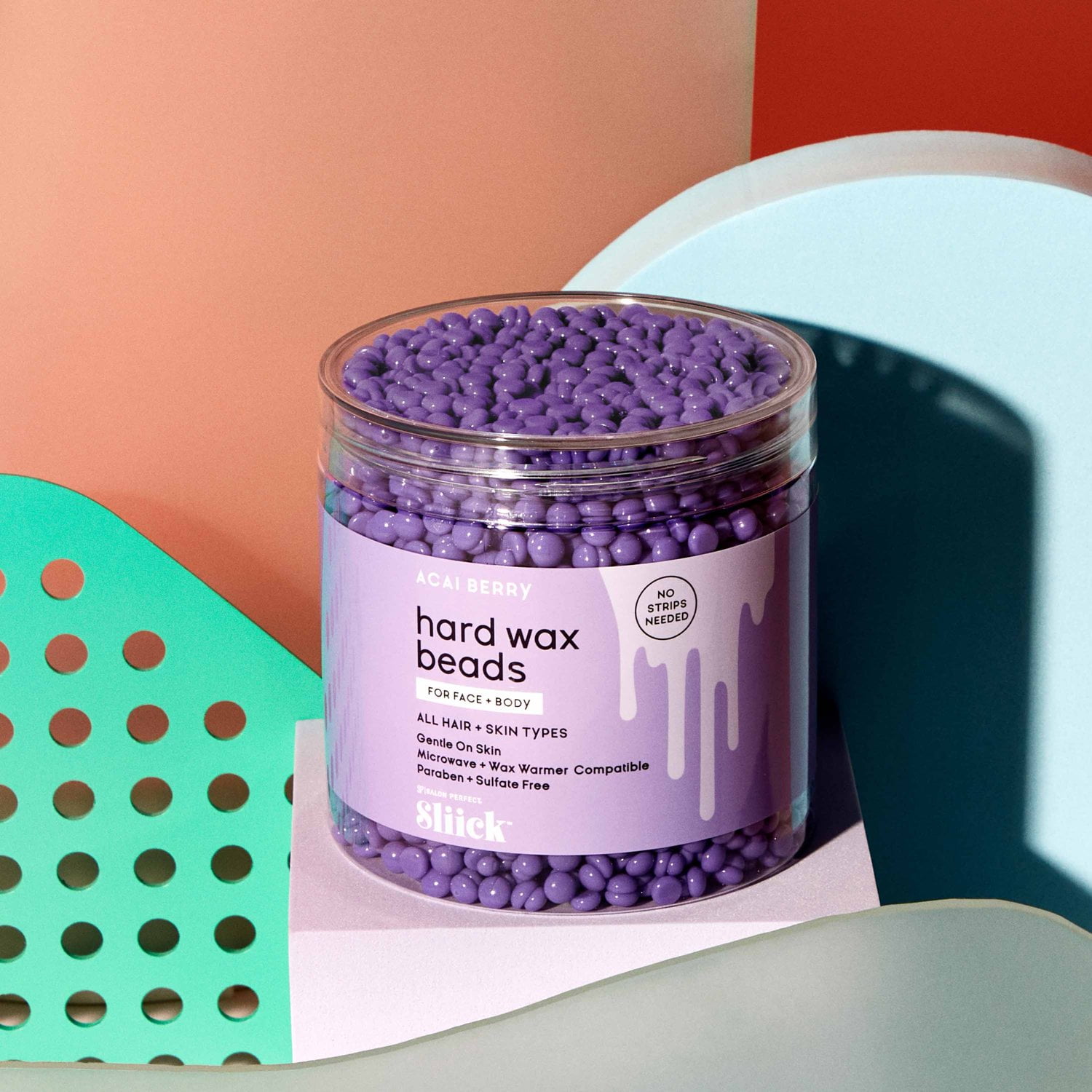Introduction to Hard Wax
Hard wax, also known as stripless wax, is a type of hair removal wax that has gained popularity due to its effectiveness and ease of use. Unlike traditional soft wax, which requires cloth strips to remove the hair, hard waxes adheres to the hair follicles themselves, making it a preferred choice for many estheticians and individuals seeking a more comfortable waxing experience. In this article, we will delve into the intricacies of hard wax, exploring its composition, application techniques, and the science behind its hair removal capabilities.
Composition of Hard Wax
One of the distinguishing features of hard wax is its unique composition. Unlike soft wax, which is typically made from a combination of resins, oils, and other additives, hard wax is primarily composed of natural ingredients such as beeswax, resin, and sometimes essential oils. These ingredients work together to create a flexible yet sturdy wax formula that is ideal for gripping and removing hair from the root.
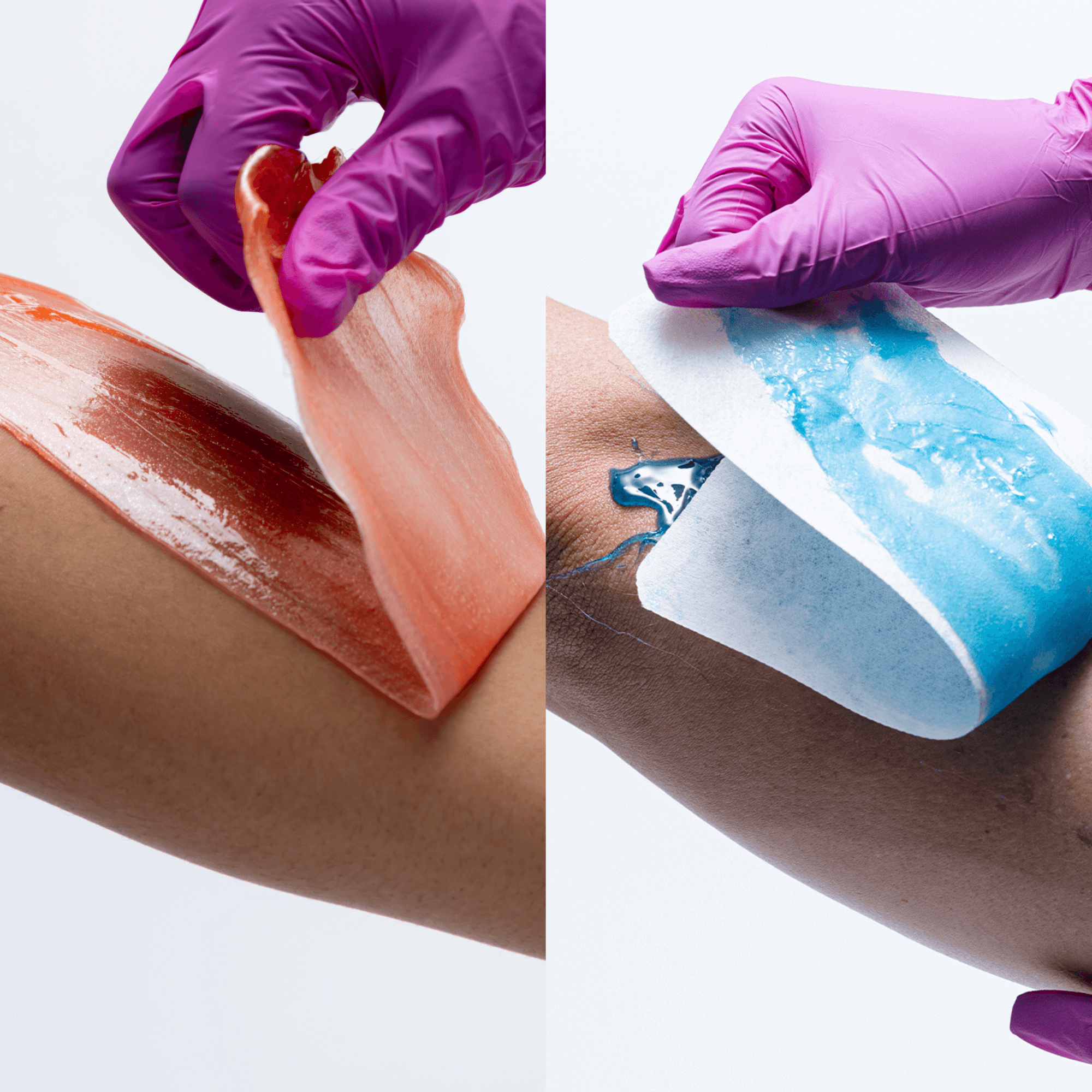
Application Techniques
The application of hard wax requires a slightly different technique than soft wax. Instead of applying the wax in the direction of hair growth and then removing it with a cloth strip in the opposite direction, hard wax is applied in a thick layer directly onto the skin. Once applied, the wax is left to cool and harden for a brief period before being gently peeled off in the opposite direction of hair growth. This method minimizes discomfort and reduces the risk of irritation or damage to the skin.
The Science Behind Hair Removal
The effectiveness of hard wax lies in its ability to adhere firmly to the hair follicles while leaving the surrounding skin relatively untouched. When the wax is applied to the skin and allowed to cool, it contracts and grips the hairs, effectively encapsulating them within the hardened wax. As the wax is removed, it pulls the hairs out from the root, resulting in smoother, longer-lasting results compared to shaving or other forms of hair removal.
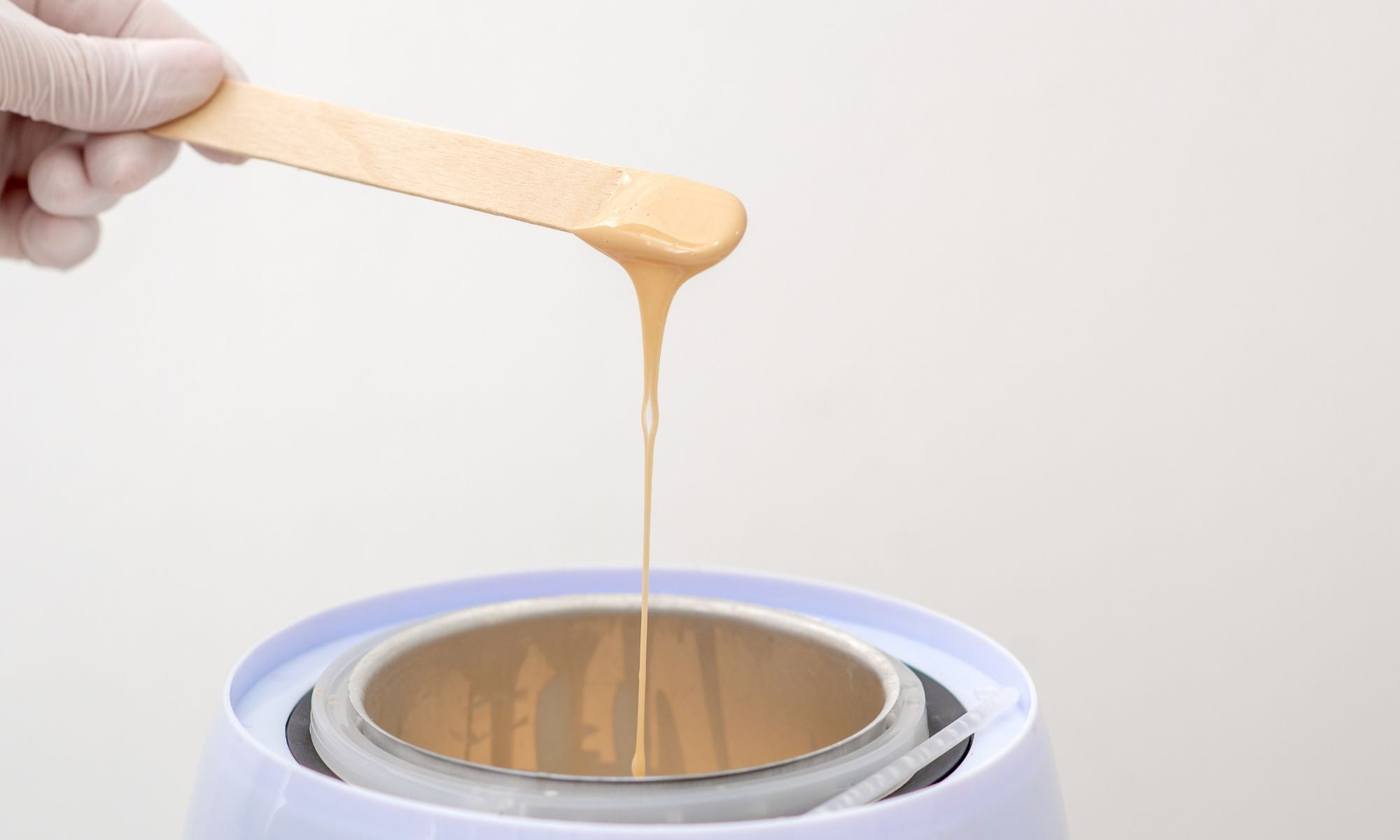
Benefits of Hard Wax
There are several benefits to using hard wax for hair removal. Firstly, it is less painful than traditional soft wax, as it adheres primarily to the hair rather than the skin. This makes it a more comfortable option for sensitive areas such as the bikini line or underarms. Additionally, hard wax is less likely to cause irritation or redness, making it suitable for those with sensitive or easily irritated skin.
Versatility and Convenience
Another advantage of hard wax is its versatility. Unlike soft wax, which can be messy and difficult to work with, hard wax can be applied in smaller, more precise areas without the need for cloth strips. This makes it ideal for shaping eyebrows, removing facial hair, or targeting specific areas of the body with precision and accuracy. Additionally, hard wax can be reheated and reused multiple times, making it a cost-effective option for both professionals and at-home users.
Exploring Hard Wax Varieties
Hard waxes comes in various formulations tailored to different skin types and hair textures. For sensitive skin, look for hard waxes enriched with soothing ingredients like chamomile or aloe vera, which help calm inflammation and reduce redness. Those with coarse or thick hair may benefit from hard waxes formulated with ingredients like titanium dioxide, which helps increase the wax’s grip on stubborn hairs, resulting in more effective hair removal.
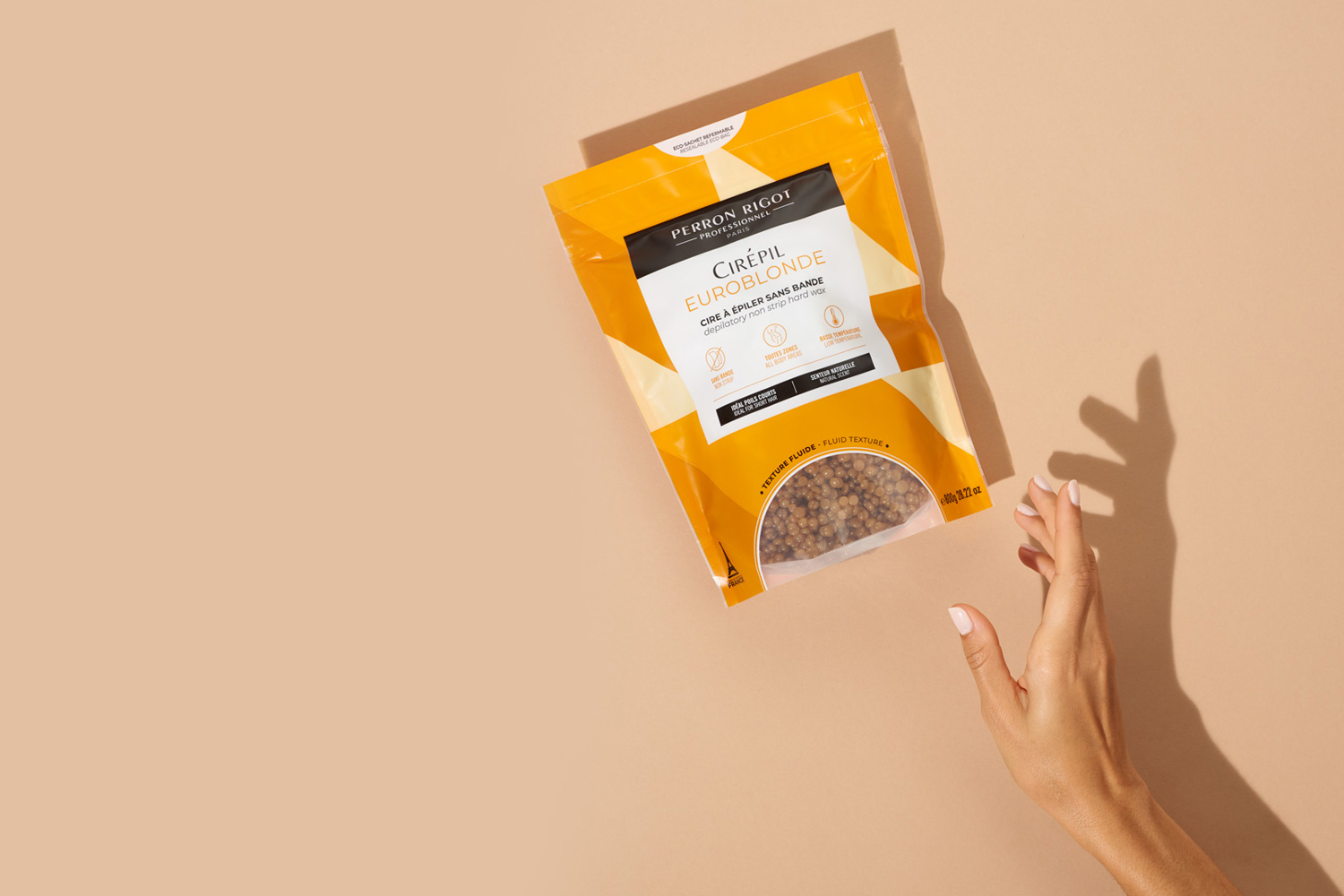
Mastering Application Techniques
Achieving optimal results with hard waxes requires mastering proper application techniques. Start by heating the wax to the recommended temperature using a wax warmer or microwave, taking care not to overheat it, as this can cause burns. Once the wax reaches a smooth, creamy consistency, use a spatula to apply a thick, even layer to the skin in the direction of hair growth. Allow the wax to cool and harden for a few seconds before gently lifting the edges and pulling the wax off in one swift motion against the direction of hair growth.
Addressing Common Concerns
While hard wax offers numerous benefits, it’s essential to address common concerns that may arise during the waxing process. Some individuals may experience temporary redness or minor discomfort after waxing, especially if it’s their first time or if they have sensitive skin. This is normal and usually subsides within a few hours. To minimize discomfort, avoid waxing immediately before or after menstruation when skin sensitivity may be heightened, and consider taking a pain reliever like ibuprofen beforehand if needed.
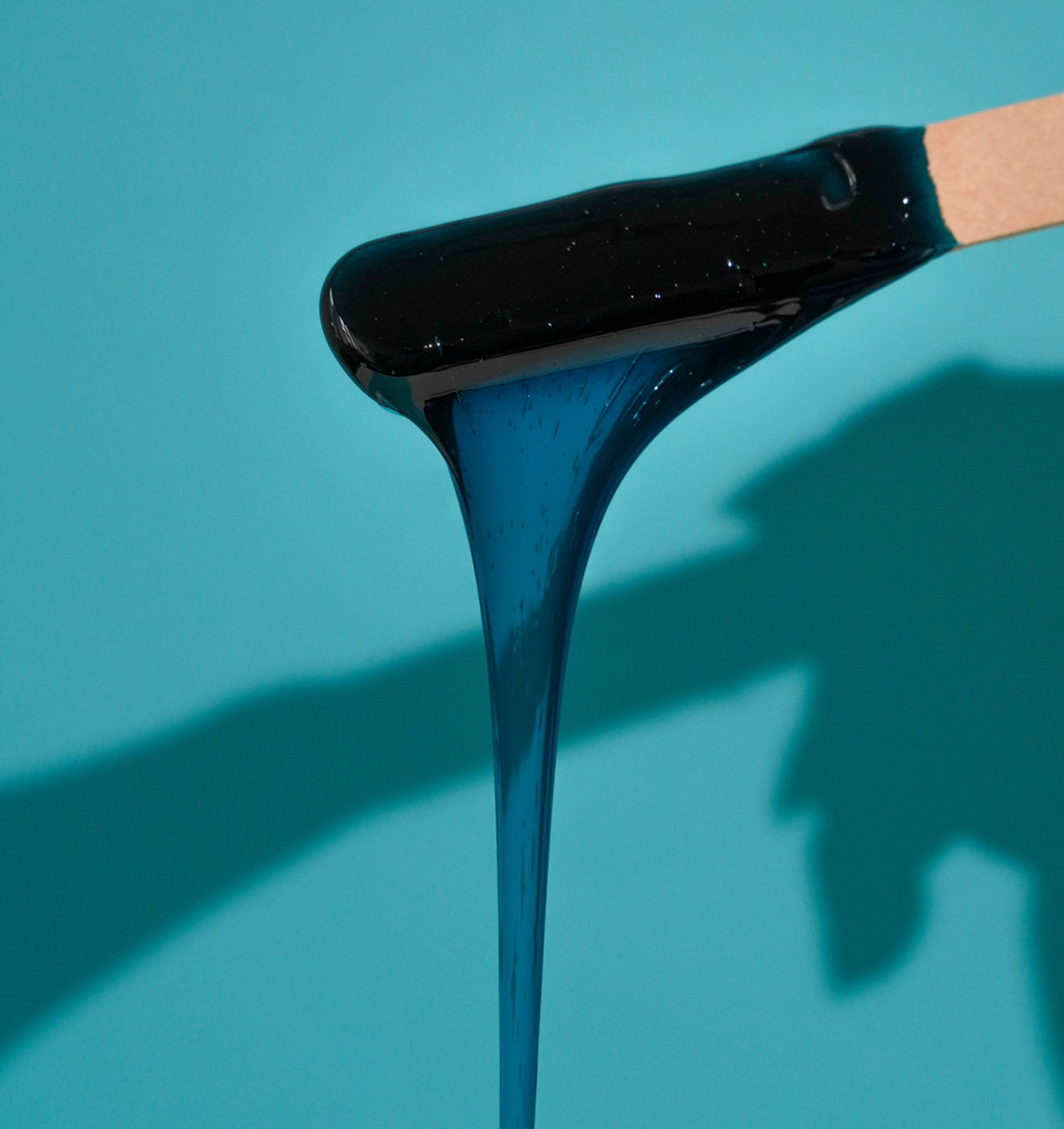
Enhancing the Waxing Experience
To enhance the waxing experience and maximize results, consider incorporating pre- and post-waxing treatments into your routine. Pre-waxing treatments like numbing sprays or gels can help desensitize the skin and minimize discomfort during the waxing process. After waxing, soothe and hydrate the skin with products containing ingredients like witch hazel or tea tree oil, which help reduce inflammation and prevent ingrown hairs. Regular exfoliation between waxing sessions can also help prevent ingrown hairs and prolong the smoothness of the skin.
Choosing Quality Hard Wax Brands
When selecting hard waxes, it’s crucial to choose reputable brands known for their quality and effectiveness. Brands like GiGi, Cirepil, and Satin Smooth are well-regarded in the industry and offer a range of hard wax options suitable for various skin and hair types. Reading reviews and seeking recommendations from friends or estheticians can also help you narrow down your options and find the best hard wax for your needs.
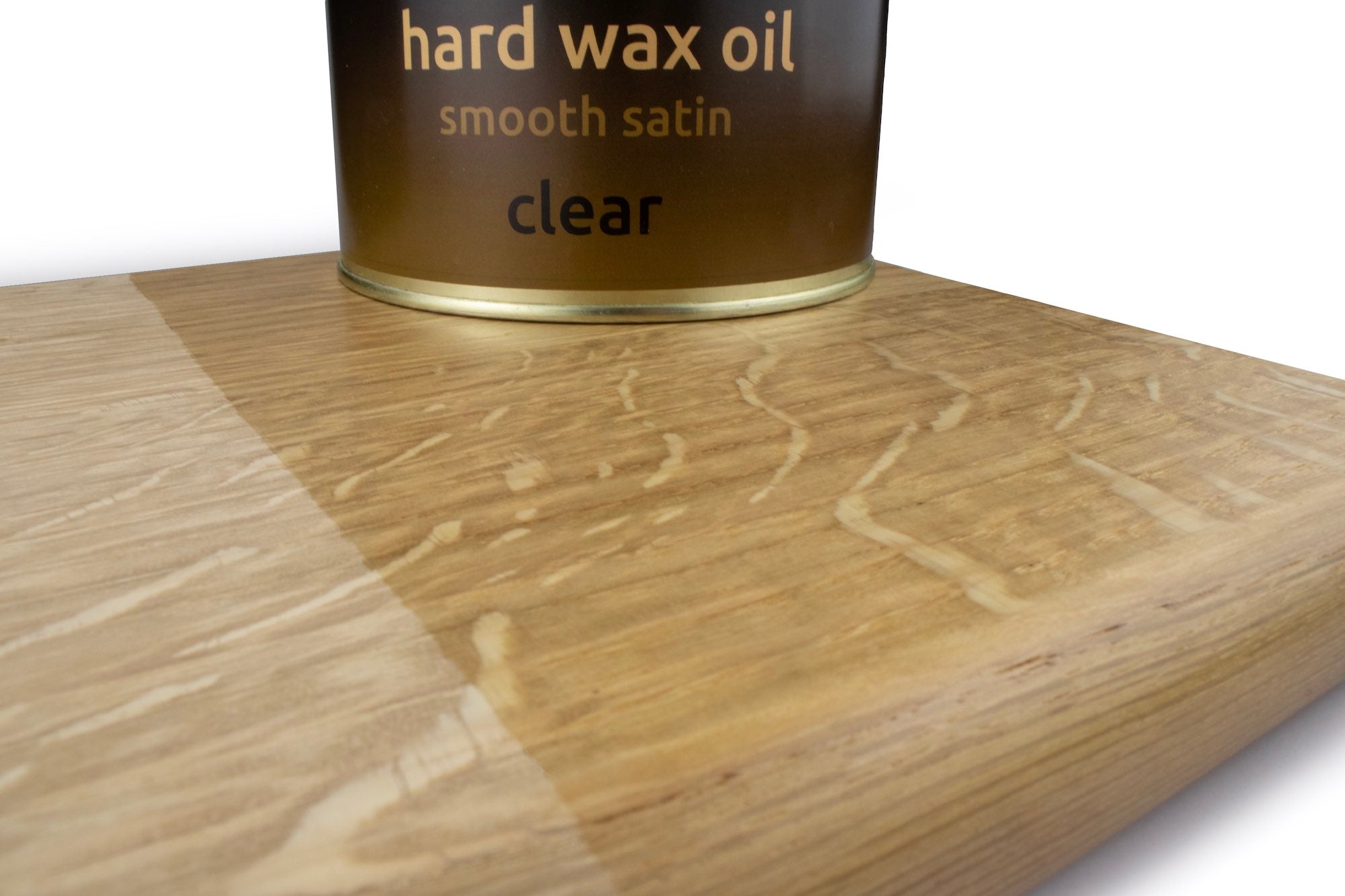
Investing in Proper Equipment
In addition to choosing the right wax, investing in proper equipment is essential for achieving professional results at home. A reliable wax warmer with temperature control settings ensures that the wax is heated to the optimal temperature for safe and effective hair removal. Quality applicators, such as wooden spatulas or disposable waxing sticks, help ensure precise application and smooth, even coverage, minimizing the risk of missed hairs or uneven results.
Practicing Safe and Hygienic Techniques
Maintaining safe and hygienic waxing practices is crucial for preventing infections and promoting skin health. Always cleanse the skin thoroughly before waxing to remove any dirt, oil, or skincare products that may interfere with the wax’s adhesion. Disposable gloves should be worn during the waxing process to minimize the risk of cross-contamination, especially when waxing multiple clients or areas of the body.
Conclusion
In conclusion, hard wax is a versatile and effective hair removal option that offers numerous benefits over traditional soft wax. Its unique composition and application technique make it ideal for sensitive areas and delicate skin types, while its ability to grip the hair follicles ensures smoother, longer-lasting results. Whether you’re a seasoned esthetician or a first-time waxer, hard waxes is definitely worth considering for your hair removal needs.





